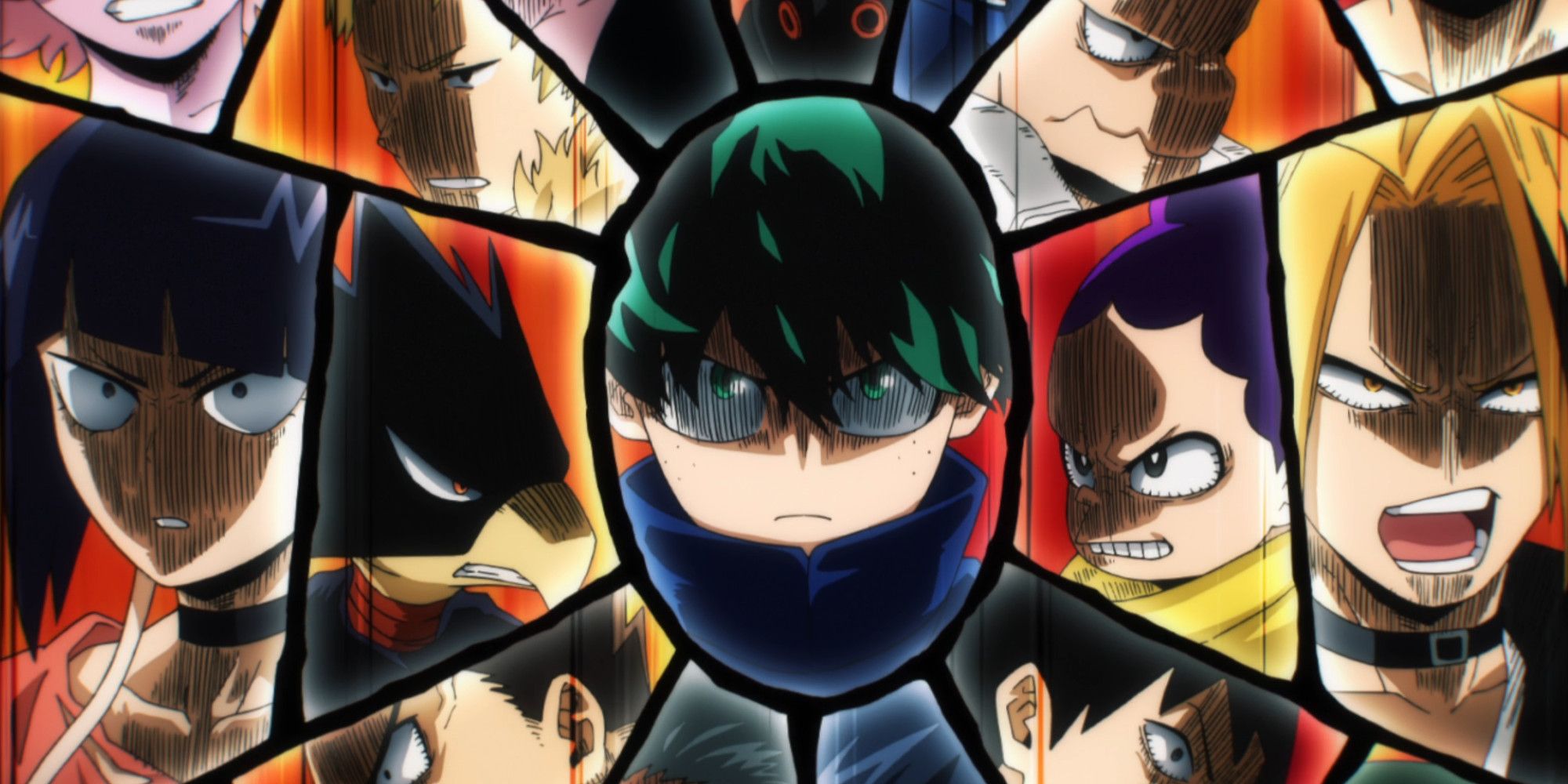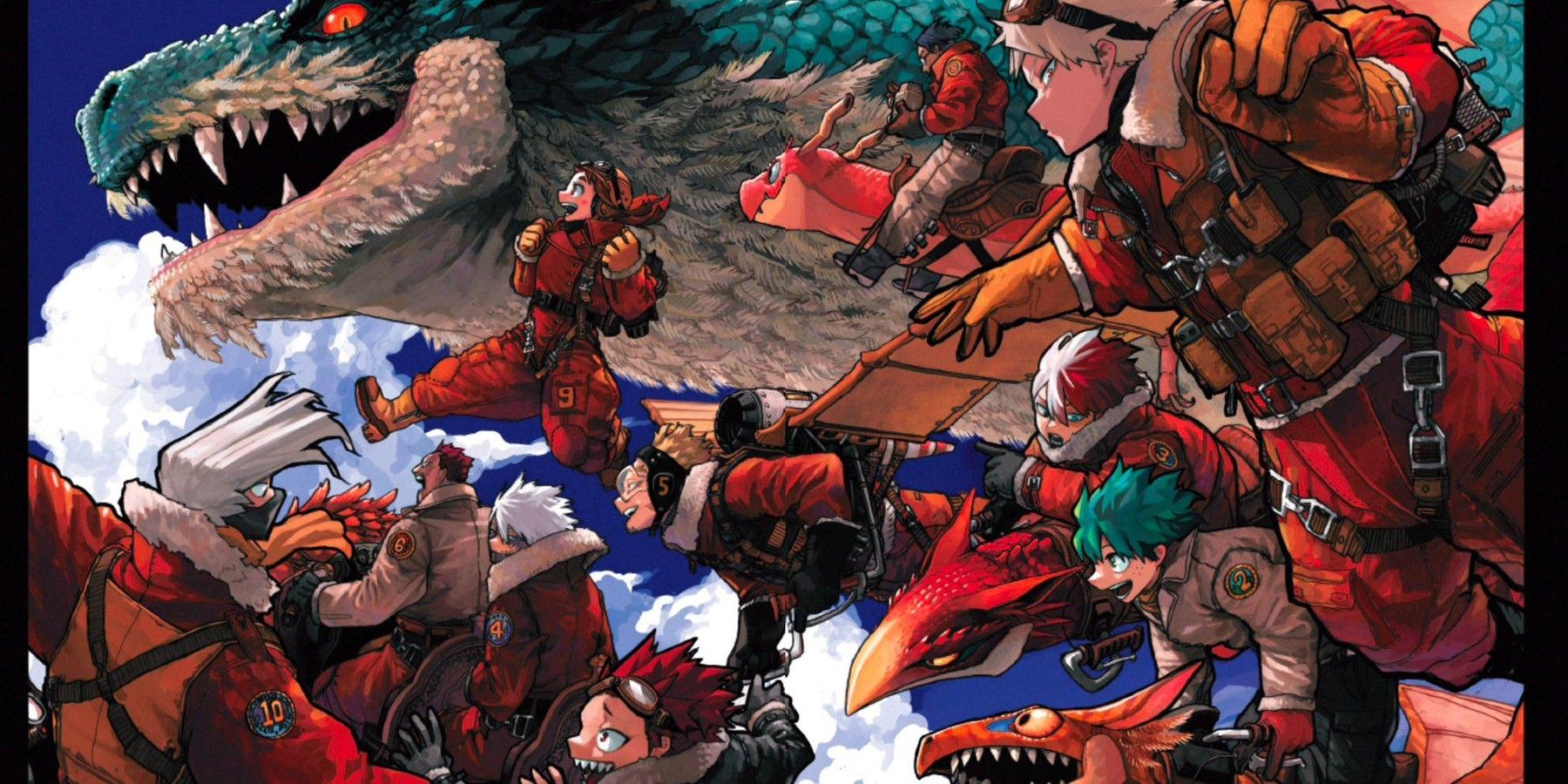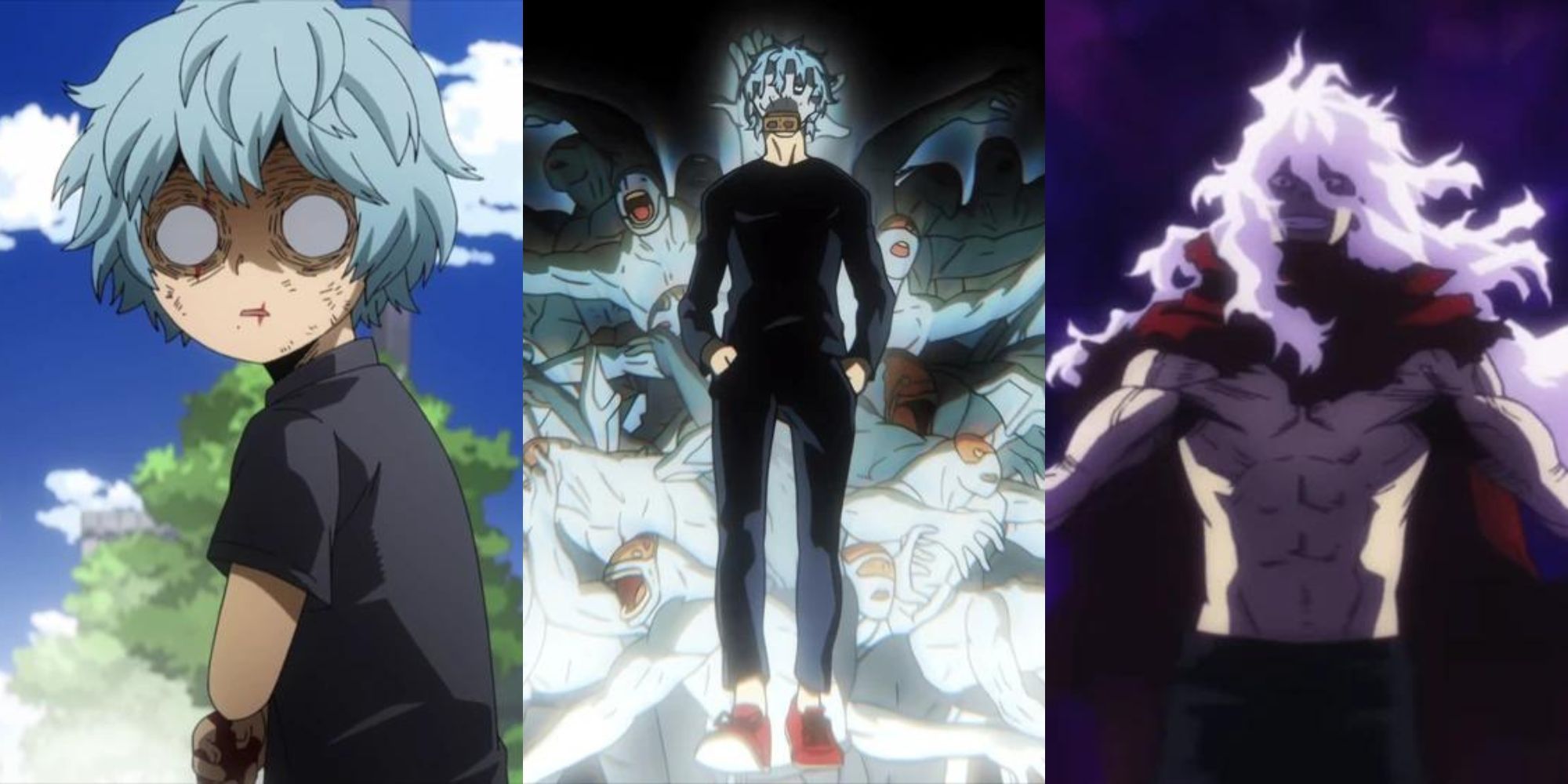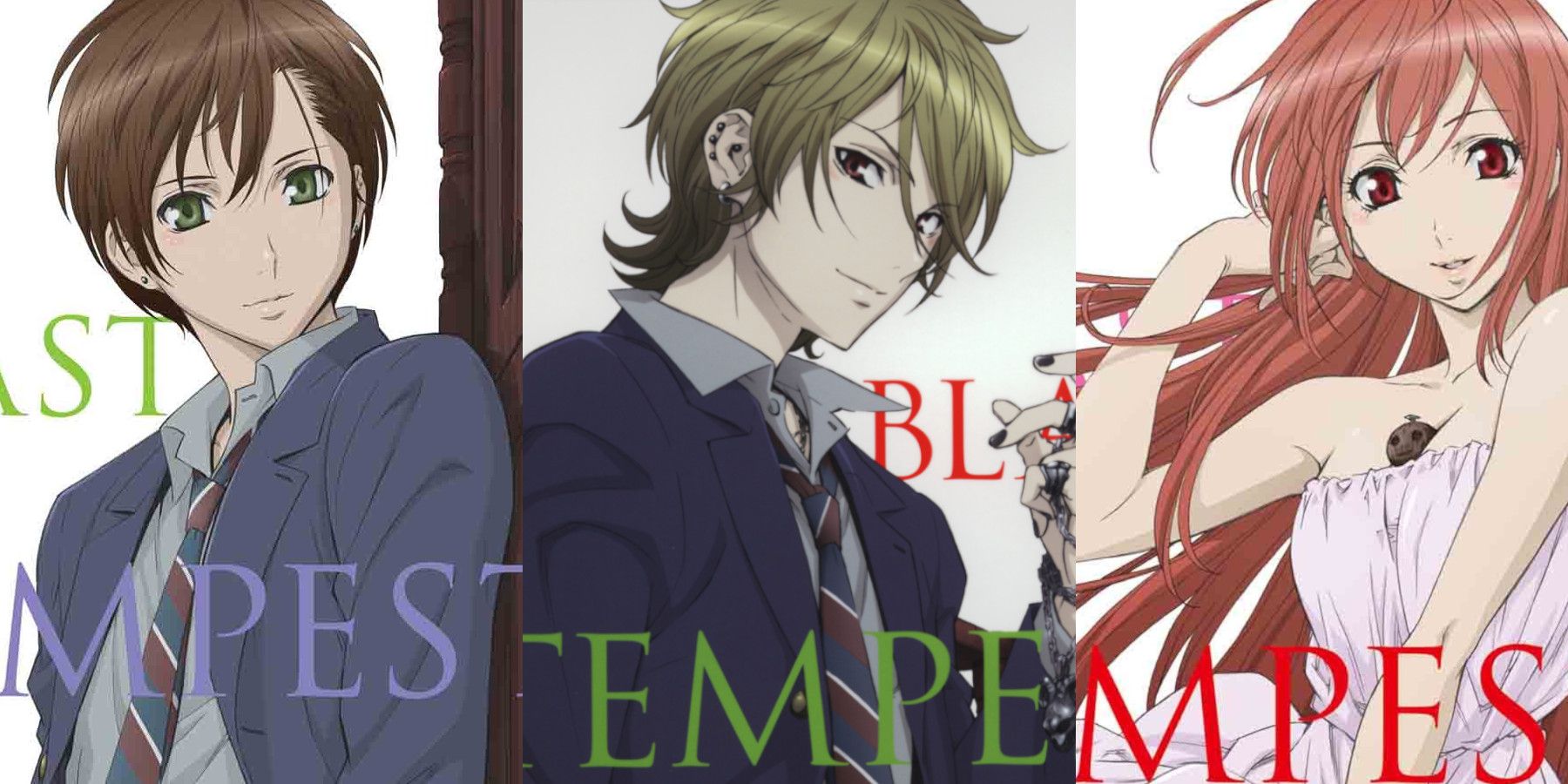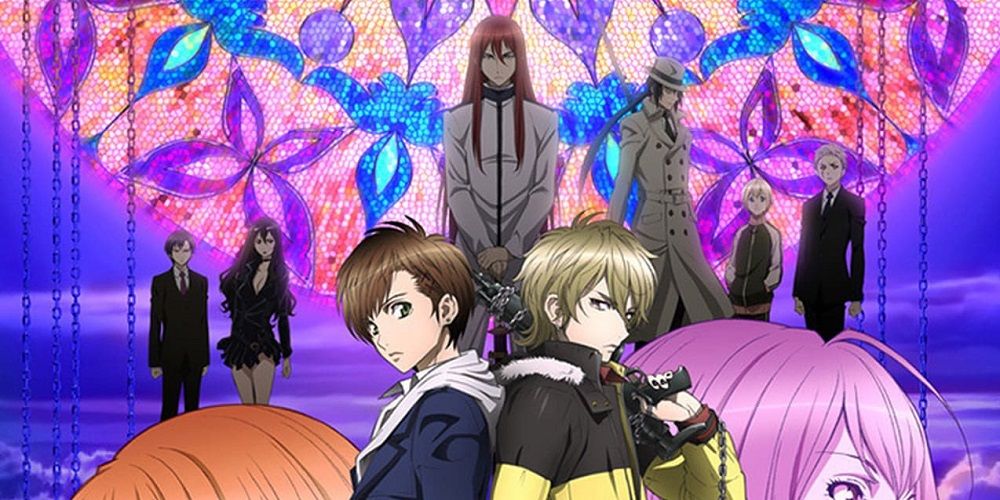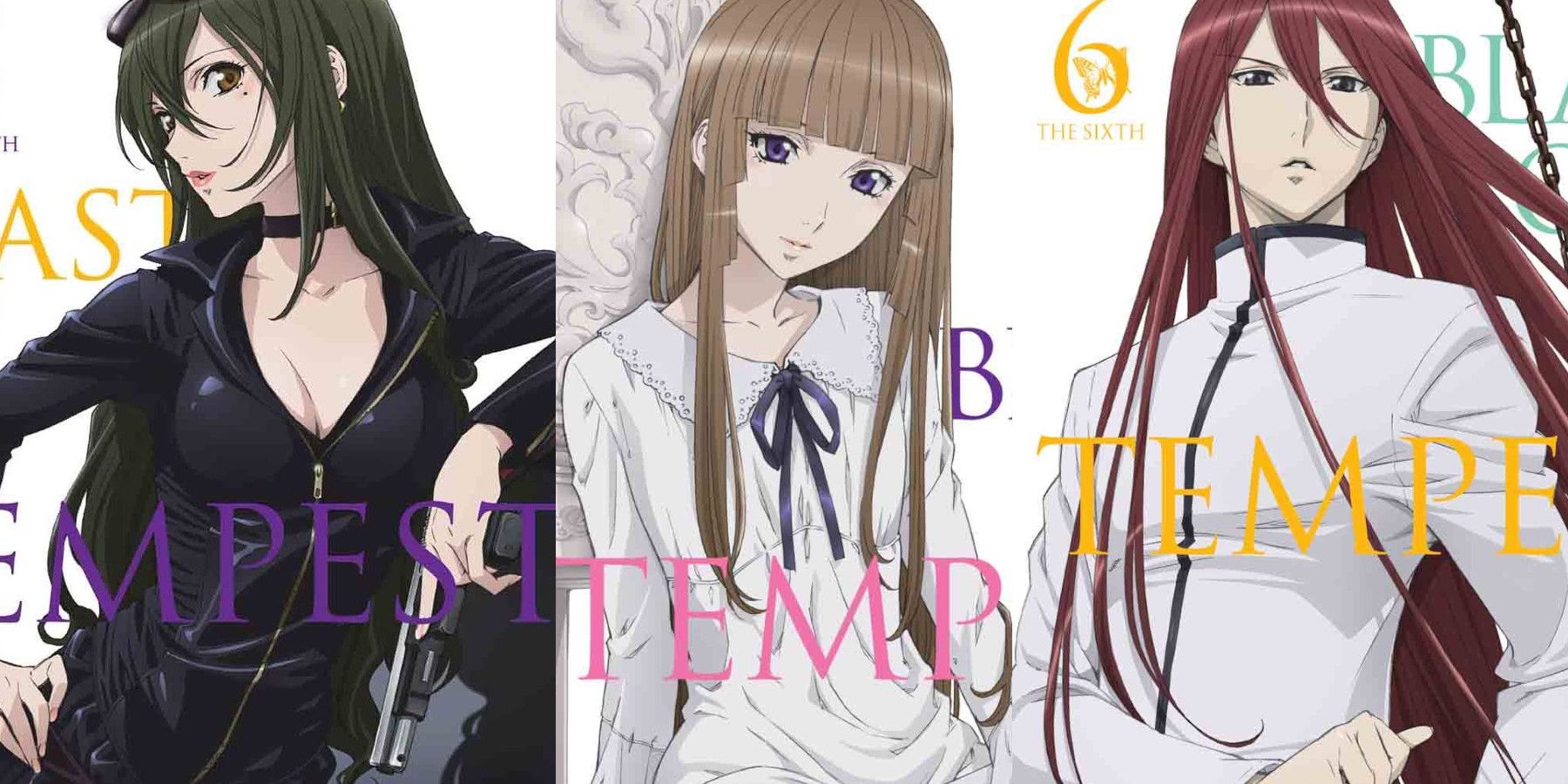My Hero Academia's newest season has been really heating up as of late, and it seems a fitting occasion to look back at Studio Bones' impressive past leading up to now. Ever since their start in the late 90s/early 00s, when they haven't made titanic hits like Fullmetal Alchemist, they've put care into often niche but no less acclaimed stories, and one such show worth reflecting on is Blast of Tempest.
Airing in the Fall of 2012, Blast of Tempest: The Civilization Blaster is a 24-episode fantasy action drama from Masahiro Ando, the director of Bones' cult classic film Sword of the Stranger. Based on the manga of the same name by Kyo Shirodaira, it tells the story of two young men, aided by a mage, on a quest to prevent calamity and uncover the truth behind the murder of a woman they both loved.
"The Time Is Out Of Joint..."
Blast of Tempest is very much Shakespearean in style, but also in a meta sense that serves as one of the major draws of this sprawling story. It directly quotes and pays homage to Hamlet and The Tempest, two stories with similar themes but dramatically different outcomes. This anime echoes the respective premises of both and then joins them together, asking whether it will be a tragedy like the former or a happy ending like the latter.
Kusaribe Hakaze, princess of the Kusaribe clan, has been marooned on an island by her brother, Samon, to stop her from meddling with his plans. He and the rest of the Kusaribe clan plan to awaken the Tree of Exodus, which could destroy the world as we know it. By sending a message in a bottle, she comes in contact with Fuwa Mahiro.
Months later, Yoshino Takigawa wonders where Mahiro could have gone in the six months since his younger sister, Fuwa Aika, was murdered. When a mysterious affliction turns the townspeople into iron and the military blocks off the town, Mahiro returns and explains that he's made a deal with Hakaze. If he helps save the world, she'll help him find Aika's killer.
The first episode of Tempest is electric, balancing the necessary exposition with methodical character writing that is delivered through a musically rich weaving of disparate plots. It truly feels like a theatrical production: big, bold, wholly self-aware, yet delicious in its seriousness. And the soundtrack elevates the series to soaring heights.
Michiru Oshima's music might be some of the most beautiful and nostalgic in the industry, from her score for the original Fullmetal Alchemist to the romantic coziness of Snow White with the Red Hair. Blast of Tempest is a story all about being bold and punctuating every line with a certain weight, and the music's classical styling carries with it the spirit of the classic film and theatre that are in this story's DNA.
Even the character writing feels drenched in the kind of melodrama one expects from a classic play and the direct quotes from Shakespeare's stories fit flawlessly, especially in the midst of battle. The characters are mysterious and there are qualities that are ever so slightly off but that when explored reveal richly layered and flawed people.
"O, Cursed Spite,"
The first half of Blast of Tempest has some of the most clever directing for a story so atypical of the mold. It's an occasionally dark modern fantasy that sees the protagonists go on a journey across the country, hunted by the Kusaribe clan, while the government attempts to cover up paranormal occurrences. There's even a mounting military coalition preparing for what feels like the end of the world.
The magic system is fascinating for how limited it is by the nature of the mechanics of magic in the world. Some characters are more adept at magic than others, but magic can generally be used by anyone by using talismans; jewelry, or other objects that are imbued with magic. The talismans fade when expended and the spells themselves are limited, like creating shields, teleporting, or healing.
By limiting the rules, the magic system feels easily understood, but versatile enough that characters can still experiment with different techniques. Natsumura, an early antagonist, coats their spear in magic that is technically meant for defense, but so that he can do more damage. It's a simple way of grounding the supernatural elements so that few characters feel overpowered.
One of the most fascinating parts of Blast of Tempest is how it could have easily built up to a huge climactic fight that would have looked gorgeous with Ando's penchant for action animation. However, instead, the mid-season climax is heavy on dialog, with the balance of power shifting constantly, and characters challenging each other's hypotheses in the face of powers neither side truly understands.
Oftentimes in stories, the idea of "fate" leading the characters can feel tacky if not done properly, as if the characters do things "because the plot demands it." However, Blast of Tempest talks about fate as the "logic" of the world through the lens of the "Tree of Genesis" and the "Tree of Exodus," living entities that govern reality, and whose power is difficult to perceive.
It's a bold move for a conclusion that could easily alienate viewers, but the many twists and reveals that factor in everything about the story up to that point makes it positively thrilling. Almost four episodes alone are dedicated to this tense verbal standoff at the foot of Mt. Fuji while the military and supporting cast battle it out. It can get a little repetitive, but it is patient and methodical
"... That Ever I Was Born To Set It Right"
And, yet, after all that, the show continues for twelve more episodes, going in a completely unexpected direction. Speaking personally, I have never seen the second half of a show be so different in tone, objective, and execution more different than the first, and doubt I will again.
The second half of the show sees old enemies working side-by-side as the threat and the characters' understanding of the world completely challenged. The story feels completely different and even the simple fact that the sun is out more gives the story a much different vibe. It goes from a story about two dudes and a mage on a road trip to save the world - to what feels like a plot-heavy Kamen Rider.
And none of this is to say that what the story amounts to is bad in the slightest. There are still some great twists and turns and a compelling story, but it is so different that it might very well turn off some viewers. From a new supporting character whose importance to the plot doesn't match the time they're given, to a rather sudden romance subplot, it can feel like a different show.
Despite that, however, from beginning to end, the series is at its strongest because of its characters. Viewers who fall in love with the macabre and romantic drama of the first half owe it to themselves to see the show all the way through. Blast of Tempest might not meet its every intent, but it's a reliable and strong package, crafted with love, just like everything Bones makes.
Blast of Tempest is available to stream on Crunchyroll.
